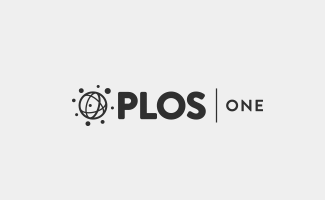“PURPOSE OF REVIEW:
To summarize recent developments in therapeutic options, both medical and surgical, for patients with drug-resistant generalized epilepsy syndromes, which continue to be a multifaceted challenge for patients and physicians.
RECENT FINDINGS:
Newer generation pharmaceutical options are now available, such as brivaracetam, rufinamide, lacosamide, perampanel, and cannabidiol. Less restrictive dietary options appear to be nearly as effective as classic ketogenic diet for amelioration of seizures. The latest implantable devices include responsive neurostimulation and deep brain stimulation. Corpus callosotomy is an effective treatment for some seizure types, and newer and less invasive approaches are being explored. Resective surgical options have demonstrated success in carefully selected patients despite generalized electrographic findings on electroencephalogram. The current literature reflects a widening range of clinical experience with newer anticonvulsant medications including cannabinoids, dietary therapies, surgical approaches, and neurostimulation devices for patients with intractable generalized epilepsy.”
https://www.ncbi.nlm.nih.gov/pubmed/30806817
https://link.springer.com/article/10.1007%2Fs11910-019-0933-z




 “Despite advances in glioblastoma (GBM) therapy, prognosis of the disease remains poor with a low survival rate.
“Despite advances in glioblastoma (GBM) therapy, prognosis of the disease remains poor with a low survival rate.




